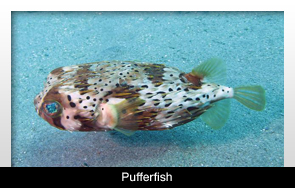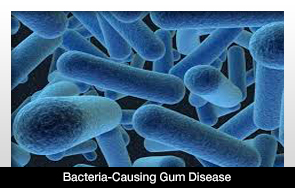 |
The pufferfish provides researchers with plenty of information about human teeth.
Research shows that the deadly fish—a fish that hasn’t evolved—undergoes continued tooth replacement after the first generation of teeth. But the ensuing teeth modify and cause the animal to develop a beak that would generally be seen on parrots.
This information backs up the idea that evolution doesn’t make jumps, since its distinctive bite has been altered from a set of genes that have to do with tooth development.
This research can be useful for humans because it can be utilized as an example for a tooth replacement system, according to Dr. Gareth Fraser of the University of Sheffield’s Department of Animal and Plant Sciences, who led the study. The evolutionary process that’s beneficial to research includes the reasons why humans lost the ability to replace teeth and the science behind why these fish replace teeth amd the possible impact on dental therapy.
Pufferfish are bony fish, which is a large group that comprises roughly half of living vertebrates. These animals have a jaw that is like a beak and has created teeth in vertebrates for millions of years.
Much can be learned about genetics by studying these fish, in addition to the information that can be learned about their teeth.

|









